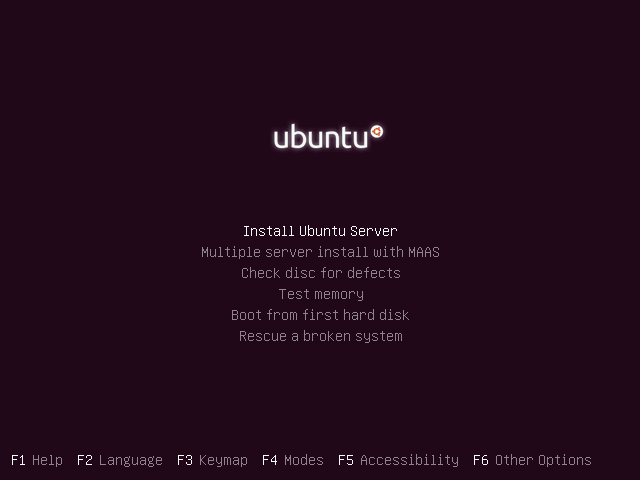
- UBUNTU 14.04.2 RUBY ON RAILS HOW TO
- UBUNTU 14.04.2 RUBY ON RAILS INSTALL
- UBUNTU 14.04.2 RUBY ON RAILS UPDATE
nano config/database.ymlĮnter the DB user details shown lie below.There are many, many options when it comes to hosting providers.
UBUNTU 14.04.2 RUBY ON RAILS INSTALL
gem install mysql2 Create Rails ApplicationĬreate a test application with database support as a standard user as running the Rails server as the root user is not recommended. GRANT ALL PRIVILEGES ON *.* TO the MySQL2 extension. sudo apt install -y libmariadb-devĬreate Database User sudo mysql -u root -pĬreate a database user for your application.
UBUNTU 14.04.2 RUBY ON RAILS HOW TO
READ: How To Install MariaDB v10.4 on Ubuntu 18.04Īfter the installation of MariaDB, install the development files package. MariaDB v10.0 is already the end of support and V10.1 is nearing the end of support, so install MariaDB v10.04 from MariaDB repository Ubuntu 18.04 and Ubuntu 16.04 come with MariaDB v10.1 and v10.0, respectively. This process may take a while, be patient with it. Use gem install rails command to install the latest stable release of Rails. Output: Using /home/raj/.rvm/gems/ruby-2.7.0 Set default Ruby version to 2.7.0 in case your system has multiple versions of ruby. You can also install other versions of ruby using the rvm install command. Use the following command to install Ruby 2.7.0. Load RVM environment variables using the below command. Use the curl command to install RVM in your system. It provides an efficient way to install and manage ruby versions independently by automatically downloading its dependencies. Set Ruby v2.7.0 as the default version for all login shells. You can also install or use the different versions of Ruby, run the rbenv install command with Ruby version rbenv install -l. The installation process may take up to 20 minutes to complete, so please be patient. The above commands will install rbenv into your home directory and set appropriate environment variables.įor this post, we will install the latest version of Ruby (v2.7.0). cdĮcho 'export PATH="$HOME/.rbenv/bin:$PATH"' > ~/.bashrcĮcho 'eval "$(rbenv init -)"' > ~/.bashrcĮcho 'export PATH="$HOME/.rbenv/plugins/ruby-build/bin:$PATH"' > ~/.bashrc To install rbenv on your system, run the below commands. The rbenv lets you install and manage the versions of Ruby easily, and it is simpler than RVM.

UBUNTU 14.04.2 RUBY ON RAILS UPDATE
sudo apt update & sudo apt install -y yarn Install Ruby Using rbenv (Recommended) curl -sL | sudo apt-key add -Įcho "deb stable main" | sudo tee /etc/apt//yarn.list

curl -sL | sudo -E bash -Īdd the Yarn repository to install the Yarn package manager. If you want to use Node.js’s latest feature, install Node.js v13.x. Here, we will install the LTS version of Node.js (v12.x). Some functionalities of rails like CoffeeScript and Asset Pipeline require a Javascript runtime. Sudo apt install -y curl gnupg2 dirmngr git-core zlib1g-dev build-essential libssl-dev libreadline-dev libyaml-dev libsqlite3-dev sqlite3 libxml2-dev libxslt1-dev libcurl4-openssl-dev software-properties-common libffi-dev Install Node.js Install the curl and other required packages.

This post will help you to install Ruby on Rails on Ubuntu 18.04 / Ubuntu 16.04 using: It helps you create highly powerful web sites and applications. Ruby on Rails® simply known as Rails, is an open-source web framework written in Ruby.


 0 kommentar(er)
0 kommentar(er)
